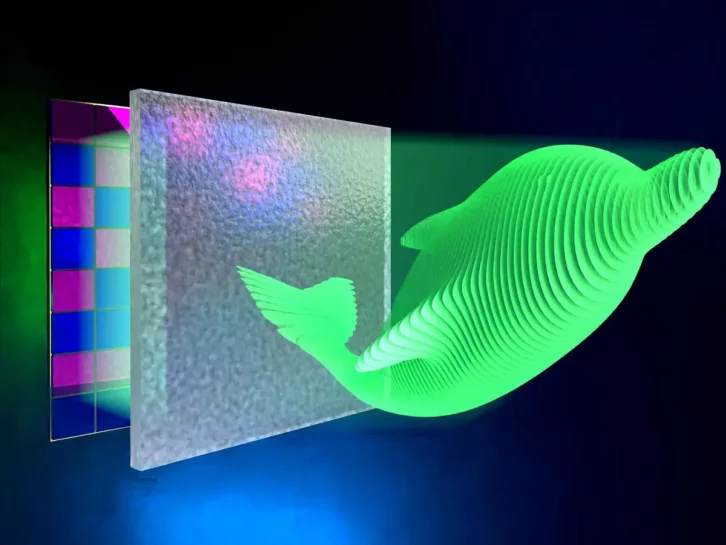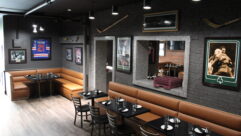
A few of the hurdles that have kept modern hologram technology from achieving their desired realism have just been solved. Low depth of field and cross talk interference cause even the best of today’s holograms to feel shallow and even fuzzy or distorted, but a research team based out of the University of Science and Technology of China and the National University of Singapore have developed a technique to remedy these issues.
In a report published earlier this month in the journal Optica, senior author of the paper Lei Gong explains the researchers’ new technique, which they call “3D scattering-assisted dynamic holography.”
Modern large-scale holograms are usually created by projecting pixels across a plane, then stacking those planes close together to create the illusion of a virtual object. While stacking the planes closer together typically gives the impression of a greater depth of field, it also has the unwanted effect of interference, called “cross talk.”
“In short, cross talk is the mutual-intensity interference between images projected at different depths,” says Gong.
See also: Logitech’s Project Ghost: first impressions
In order to remedy the problem of cross talk, the researchers inspected different methods of shaping the pixels before they were divided among the projected planes. Projecting the planes requires the use of a spatial light modulator (SLM), such as an LCD TV, which inherently limits the hologram’s final resolution. During their research, the team realized that adding an additional light-scattering medium to the equation would help both the hologram’s resolution as well as the cross talk issue. The results were positive, creating a hologram that had an increased resolution as well as decreased cross talk.
This decreased cross talk meant that the planes could be stacked closer together without any negative effect, resulting in a greater depth of field as well.
“Our work presents a new paradigm towards realistic 3D holograms that can deliver an exceptional representation of the 3D world around us,” says Gong, “The new method might benefit real-life applications such as 3D printing, optical encryption, imaging and sensing, and more.”










